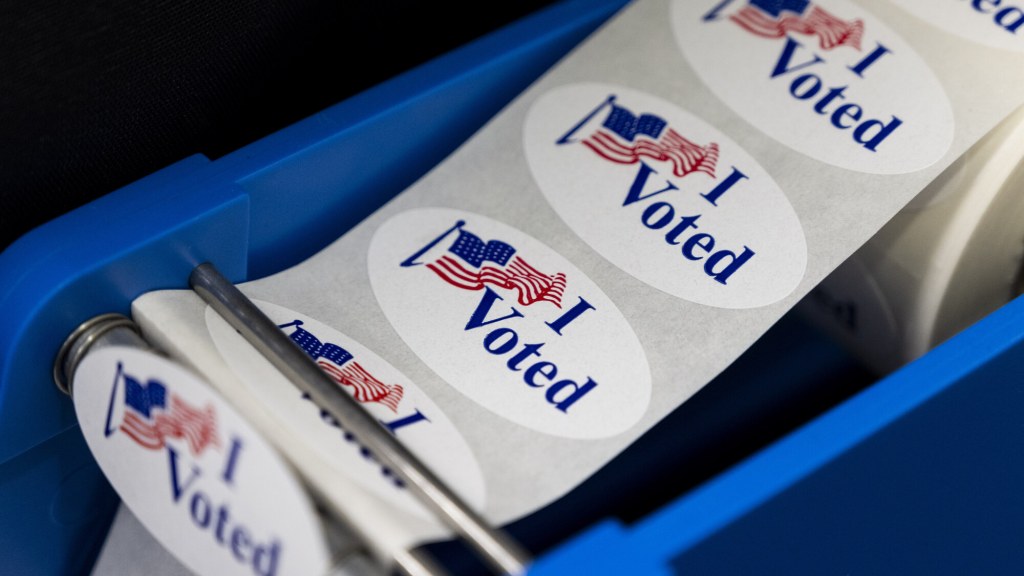In the last two elections, the number of eligible Asian American and Latino voters in California increased while the amount of eligible White voters throughout the state decreased.
But despite the increase in those eligible minority voters, they remain underrepresented at the ballot box.
According to new research from the University of Southern California’s Center for Inclusive Democracy, more than four in 10 Asian American and Latino eligible voters in the state — approximately 5.4 million people — did not vote in the 2020 general election. In 2022, that number went up to six in 10, meaning that around 8.6 million eligible Asian American and Latino voters did not cast a ballot.
And in 2022, the difference between Latino voters who cast a ballot and the California electorate was nearly 17 percentage points; it was around 7.7 percentage points for Asian American voters.
That trend has played out in four of the most populous counties in the state: Los Angeles, Orange, Riverside and San Bernardino. While all four counties saw an increase in their share of Asian American and Latino eligible voter populations, turnout among them was lower than total participation across the state in both 2020 and 2022. Eligible voter populations is defined as U.S. residents who are at least 18 years old and eligible to vote, including those who might not be registered voters.
USC’s study suggests that higher voter participation from these two groups could transform election results in November.
“Less than half of the state’s voting population decided the fate of candidates and ballot propositions in 2022,” said Mindy Romero, director of USC’s Center for Inclusive Democracy and the study’s lead author. “If we could get even a small percentage uptick in mobilizing more Latinos and Asian Americans to the polls this November, their participation could be a difference maker in key races and mean greater representation for both communities.”
2020 election
In 2020, around…
Read the full article here







